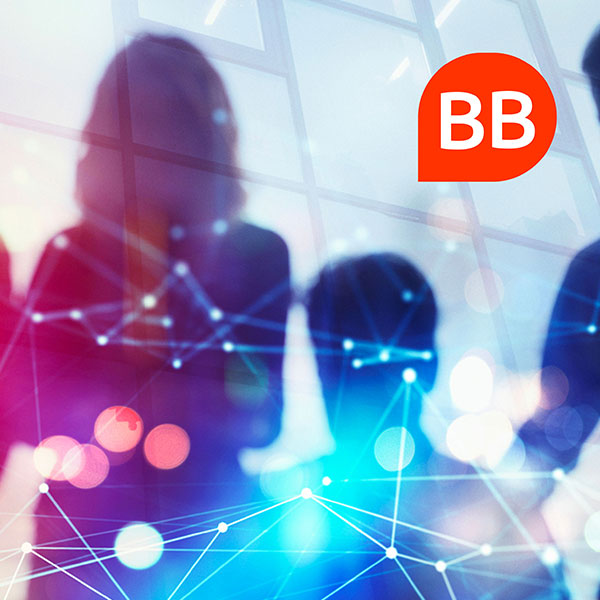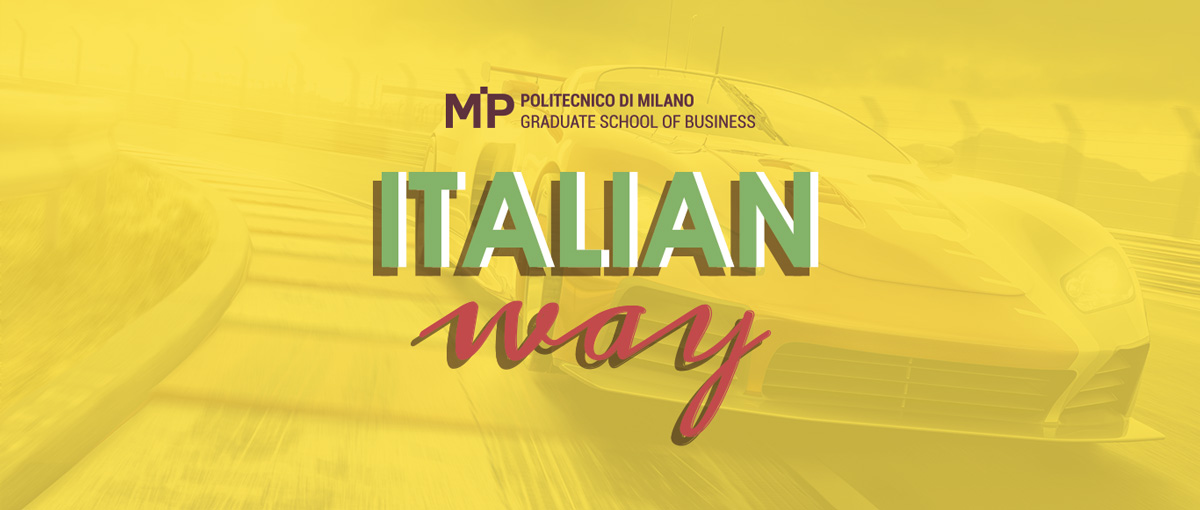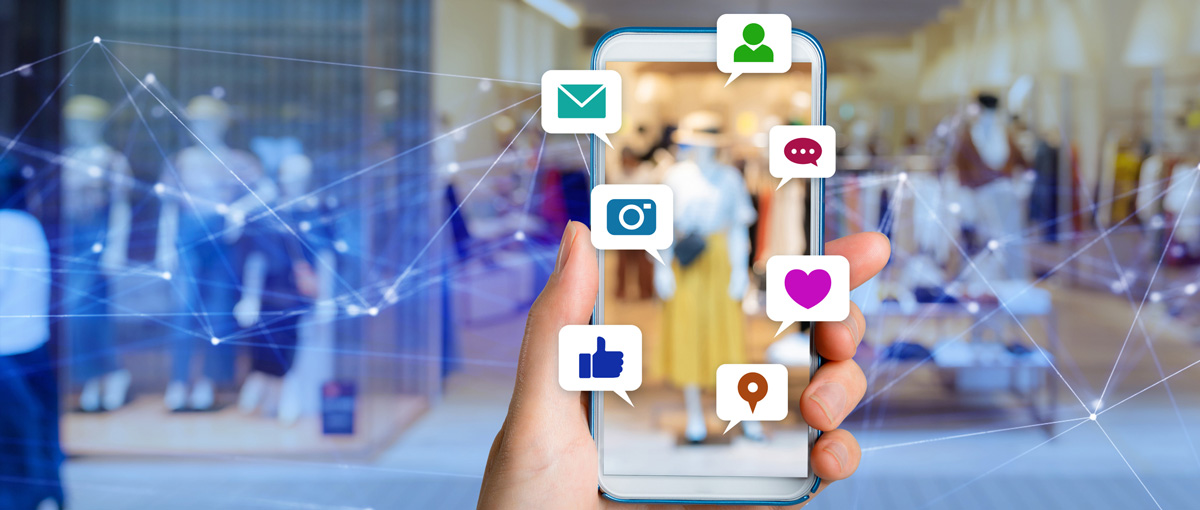A laboratory sponsored by the School of Management to allow businesses to try the many possibilities of virtual worlds.
The Metaverse Marketing Lab has been created at the Politecnico di Milano, a School of Management initiative in partnership with UPA and UNA (the associations that represent advertisers and advertising agencies), with the aim of raising awareness of the Metaverse: a system of technologies which enables virtual, augmented and mixed reality experiences, allowing something of an expansion of the physical world into virtual and semi-virtual universes with their own rules for operating and communicating.
The goal is not only to demonstrate the state of the art, but to also chart the evolution of a market which is as dynamic as it is fluid, to promote good practice and analyse consumer behaviour in relation to experiences of immersive, virtual and augmented reality.
According to analysts, the market will be worth 800 billion dollars within two years, with a staggering potential for growth: some estimates speak of 13 trillion dollars by 2030, with 5 billion users. At the moment, it is estimated that there are 350 million users, an increase of 900% over the last year, with an average age of 27 and split across 43 platforms.
Many large brands have decided to join the Metaverse and create an appealing presence for consumers who, thanks to increasingly sophisticated technologies, enjoy experiences at the edge of reality, trying and purchasing products through their avatars.
The goal is to understand whether and how this ‘Metaverse rush’ represents a trend or a wave. To achieve this, in addition to studying the brands’ initiatives on a national level and comparing them with global experiences, the Lab will focus on the user perspective, analysing their behaviour and objectively measuring their emotional engagement, commented Lucio Lamberti, Full Professor of Omnichannel Marketing Management and Scientific Coordinator of the Metaverse Marketing Lab.
During the opening event, a demo created in collaboration with the Salotto di Milano and the technology of SimCoVR enabled the attendees to use a virtual reality headset to enjoy the extremely realistic experience of being on the deck of a cruise ship at sea, recreating shopping experiences.
Web 3.0 will bring many new possibilities: from product placement in virtual environments to direct management of spaces by brands, from the offer of immersive experiences to purchases in augmented reality, to a total revolution of supply models (dynamic digital art, digital furniture and decoration, virtual tourism).
The challenge is twofold: on one hand, maintaining a high level of engagement through exciting immersive initiatives; on the other, integrating the multiverse offering in omnichannel strategies until it becomes a genuine marketing and sales channel by reimagining the shopping experience, explained Manuela Balli, Director of the Metaverse Marketing Lab.












 Creativity and innovation have always been at the core of marketing. The function used to depend on one’s talent to dazzle the audience, like Mad Men’s Don Draper. Creativity and innovation are still very important, but are being enhanced by data and technology. Marketing is one of the fastest-changing professions of the 21st century, with neuroscience, artificial intelligence and data analytics reshaping the work.
Creativity and innovation have always been at the core of marketing. The function used to depend on one’s talent to dazzle the audience, like Mad Men’s Don Draper. Creativity and innovation are still very important, but are being enhanced by data and technology. Marketing is one of the fastest-changing professions of the 21st century, with neuroscience, artificial intelligence and data analytics reshaping the work.






